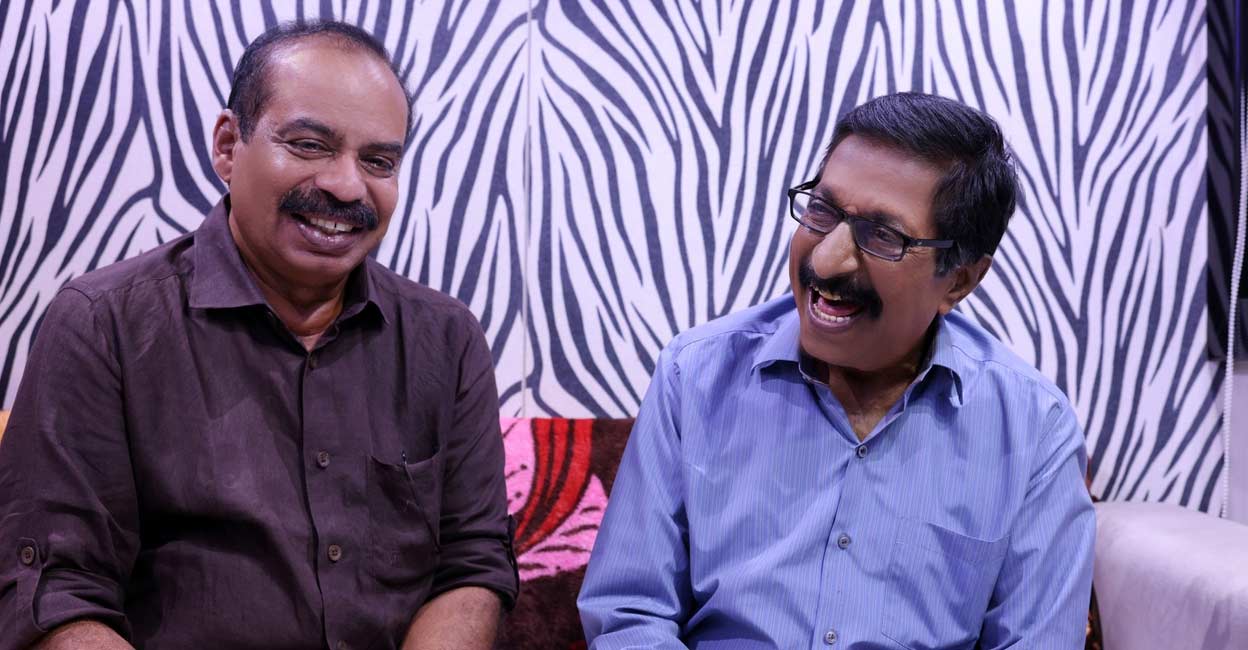Identified by measuring bone density, prevented by diet and exercise
Bone density gradually decreases after age 30. In the case of women, 8 out of 10 women over the age of 50 suffer from osteopenia and osteoporosis due to the decline in female hormones and post-menopausal aging.
Most people know that osteopenia and osteoporosis are the same disease. Osteopenia and osteoporosis are states in which bone density is lower than normal, but osteopenia can be said to be a pre-step to osteoporosis. Bone density testing can predict fracture risk and diagnose osteopenia and osteoporosis.
Osteopenia can be treated by eating calcium-rich foods and exercising like walking, but osteoporosis is a disease that needs to be managed with medication.
◆ Osteopenia
Osteopenia refers to a state in which bone density is lower than normal and as it may progress to osteoporosis in the future, it is expressed as a pre-osteoporosis stage. The T-score is a standardized score that compares measured bone mineral density to the average of healthy young adults. In general, osteopenia is defined as a T score below -1.0 and above -2.5.
◆ Osteoporosis
Osteoporosis is a condition in which bones become weak and can easily break. Bone strength is determined by bone quantity and quality, and bone quantity can be measured through bone density testing. In general, osteoporosis is diagnosed when the T-score is below -2.5. If you are diagnosed with osteoporosis, you can reduce your risk of fractures by getting calcium and vitamin D, taking osteoporosis medications, or getting injections.
◆ Prevention
You should avoid excessive drinking and maintain bone mass by doing appropriate aerobic exercise, stretching and running in place. Avoid salty foods to prevent calcium loss along with salt. It’s good to get enough sunlight for about 15 minutes twice a week to synthesize enough vitamin D needed for bones.
Professor Shin Jeong-ho of the Department of Obstetrics and Gynecology at Guro Hospital of Korea University said: ‘To prevent osteoporosis, you need to get enough nutrients and get adequate sunlight for vitamin D synthesis.’


